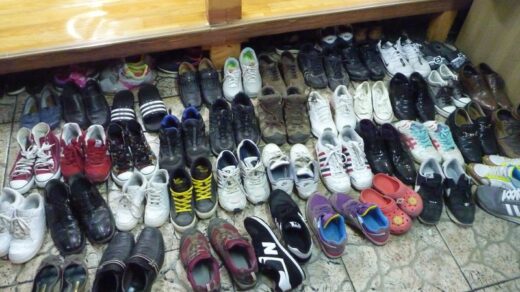If you’ve been doing business in Korea for any time at all, you’ve probably come across some strange English (aka “Konglish). But errors can happen while translating from English into Korean, too, and you should be sure to follow best practices when handling your company’s Korean translation projects.
I regularly send out Korean translation tips to a list of past clients and prospects for Korean translation; here are some recent ones.
Korean Translation Tips for Business
- Translating into a computer interface often has limitations, but it’s extremely important to remember that we can’t just force Korean into an English grammatical structure or sequence. Sometimes it can be done, but this usually results in awkward phrasing.
- ** For a full explanation of this tip:
 “How to Avoid a Major KoreanTranslation Error Like This One in the Google Android Interface”
“How to Avoid a Major KoreanTranslation Error Like This One in the Google Android Interface”
- Budget adequately for software translations. They can be time-consuming to do correctly and there’s just no way around it if you want a good job. Be especially careful of split sentences!
- **For a full explanation of this tip:
 “Don’t Make Errors Like This One in the Microsoft Windows 7 Korean-Language Interface”
“Don’t Make Errors Like This One in the Microsoft Windows 7 Korean-Language Interface”
- If you have some English correspondence translated to Korean, the greeting in the Korean version will probably start with “안녕하세요?” even though the greeting in the English source was not in the form of a question. Likewise, if you have some Korean translated to English, a greeting of “안녕하세요?” will often be translated as “How are you?”, but probably ought to be just “Hello”. Either approach is correct in its own way.
- ** For a full explanation of this tip:
 “What to Make of the Standard Korean Greeting/Question Hybrid”
“What to Make of the Standard Korean Greeting/Question Hybrid”
Additional Resources on KBC
** Questions? Insights? Corrections? Don’t hesitate to leave comments below or on the individual weblog posts above.



